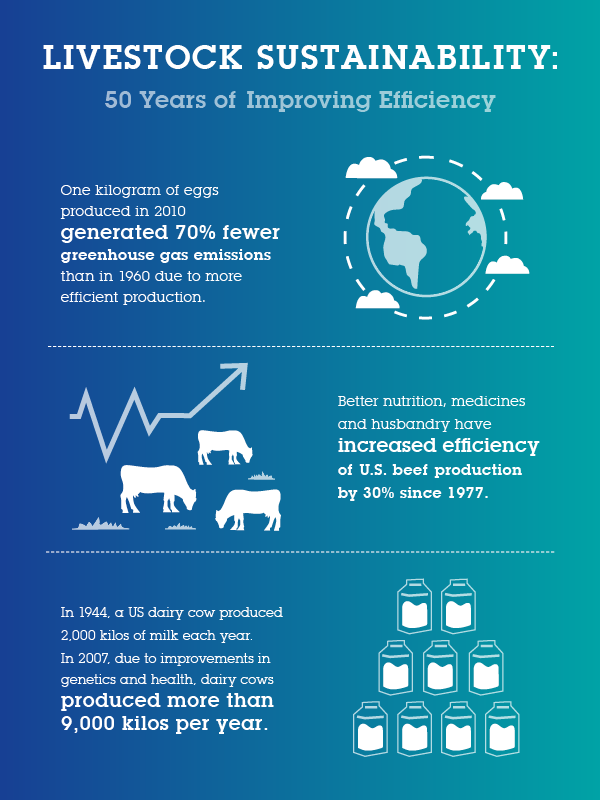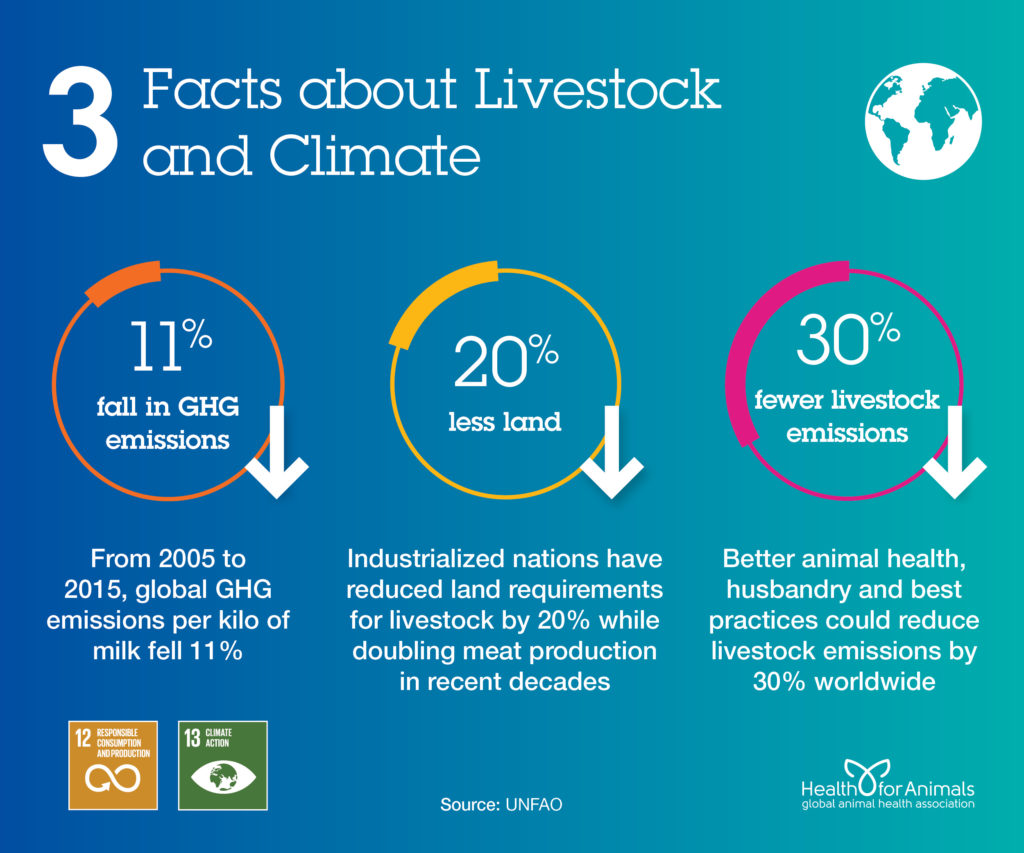Sustainability
In an increasingly crowded world, with our natural resources under ever more strain, achieving the SDGs requires doing more with less
By 2030, our global population is expected to grow to 8.5 billion – nearly 1 billion more than live on our planet today. Sustainably providing for their health and livelihoods is paramount.
This challenge is why the United Nations established the Sustainable Development Goals (SDGs) — our global “blueprint to achieve a better and more sustainable future for all” by 2030.
However, the United Nations estimates the world is behind in achieving the SDGs and current efforts are “insufficient.” We must dramatically increase and accelerate our efforts if we are to achieve these goals in the coming decade.
To do so, our world must consider the role of animals. Outbreaks of livestock disease can reduce production of meat, milk and eggs, leading to shortages of these nutrient-rich foods. Meanwhile, pathogens in wildlife can cross over into vulnerable populations of people and domestic animals, as we saw with Covid-19.
Our future is clearly intertwined with animals and the environment. All three share “One Health”. What affects one, will affect the others. It’s why improving the health of animals can strengthen efforts to achieve the SDGs by 2030.






